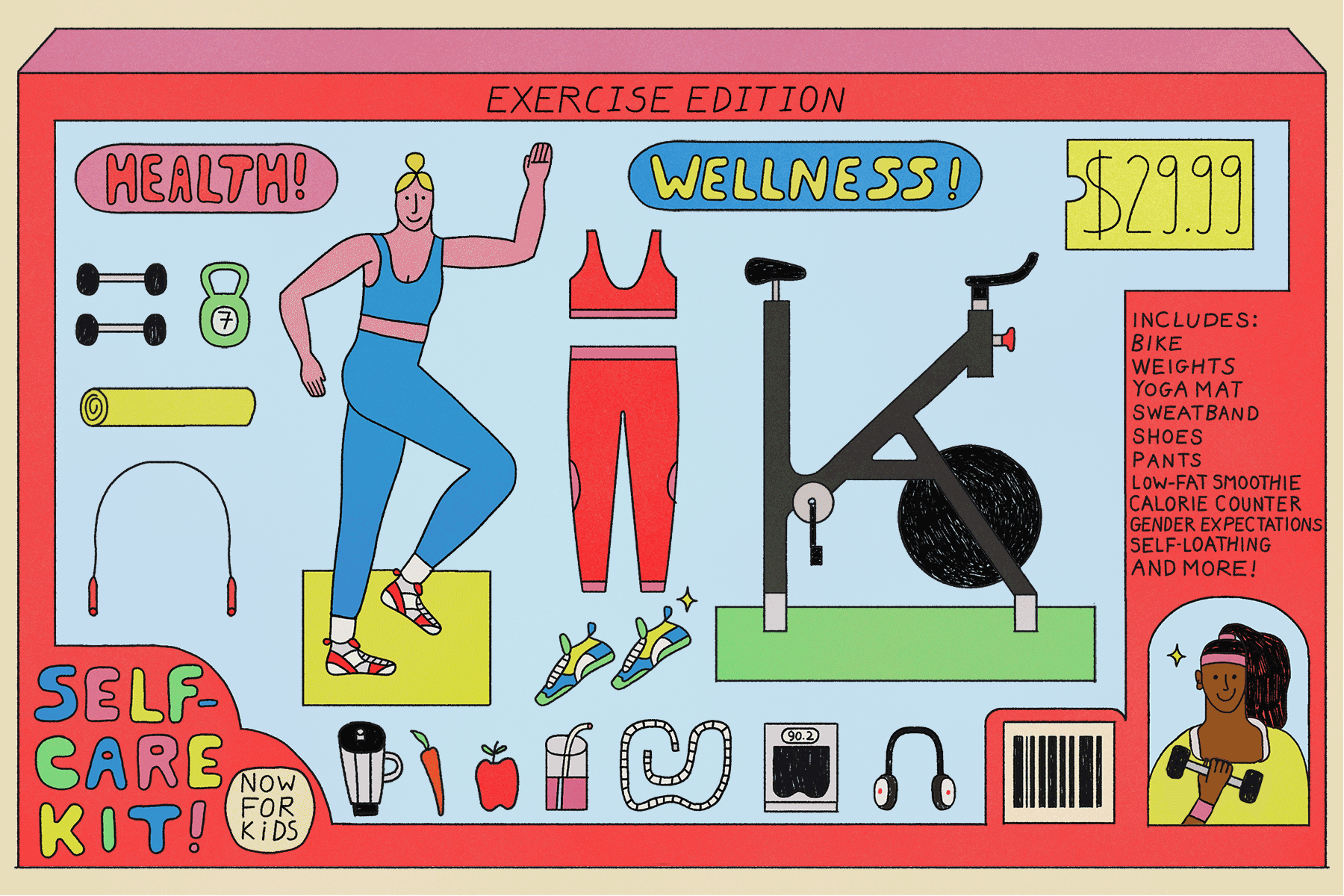Happy Kids and Parents at the Table
- Share via
The subtitle to this book is “Making Peace at the Table and Building Healthy Eating Habits for Life.” That says much about the authors’ philosophy regarding this sometimes delicate topic. The doctors bring common sense to table habits and focus on relationships, emotions and outside influences regarding food choices. The goal, they write, is to help children develop healthy eating habits long-term, not for parents to win daily power struggles at the dinner table. “Peace is best maintained by wise administrators who know when to intervene and when to hold back, not by a police state,” they write.
For example, a great many parents struggle with picky eaters. But the authors (Stern is a local pediatrician and UCLA professor) tell parents to relax.
“Children learn positive and negative attitudes to eating from observing what goes on around them. For example, a child who takes part in relaxed family meals from his early months is more likely to look forward to eating than one who’s never allowed to leave the table until he has finished everything on his plate. . . .”
The book is so devoted to a child’s environment that the issue of weight problems is directed at parents first. “If parents are overweight, it’s unlikely that a child’s weight problem can be successfully addressed unless the parents’ lifestyle and eating habits are revised as well,” they write. Overall, this book ends up being a family guide to healthy eating.
FOR MEN ONLY: Looking Your Best Through Science, Surgery, and Common Sense
by Dr. Gerald Imber
Morrow
$24; 107 pages
Who says women are the only ones concerned about youthful appearance? “For Men Only” admits to the interest men have in cosmetic treatments and products. Readers will learn the basics about taking care of their looks, such as the use of sunscreens, moisturizers and nutritional supplements. One chapter reveals what changes men can expect to see in their facial appearance at ages 35, 45, 55 and 65. Imber makes the interesting points that men age differently than women and are bugged by different signs of aging then women. The final part of the book is devoted to surgical options.


